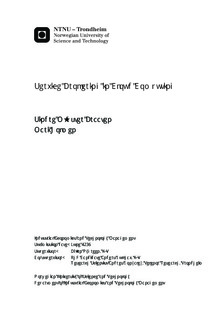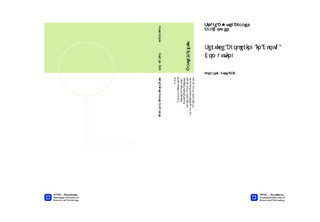| dc.description.abstract | AbstractWith the expanding cloud computing market new business models take form, and the focus in the market is on differentiation and adapting to the escalating demands of the customers. To satisfy the business segment of the market the offering of some quality of service (QoS) measures and guarantees is paramount. The next generation of brokers will be the QoS-aware brokers with cloud connectivity.This thesis regards the decisions of a combined broker and carrier in a cloud computing ecosystem. Such a broker has to make decisions on the composition of his customer portfolio, where to deploy services, and how to provide the network connectivity to these services, while ensuring compliance with the customers' requested QoS. In this thesis, three mixed integer programming (MIP) models, a link-flow model (LFM), path-flow model (PFM) and a mapping model, are presented; considering latency, availability, routing of the traffic, provisioning of backup paths, and the provider placement of each service; in order to select a customer portfolio and maximise profits. The PFM and the mapping model use pre-generation of paths and mappings, respectively. Three heuristic column generation methods for the mapping model are presented, in an attempt to provide fewer but potentially equally good columns as the pre-generation. Both C++ and the Mosel programming language have been used for implementing the MIP models, pre-generation methods, and column generation methods.The six resulting solution models are tested using five constructed test instances with one varying scaling parameter. Some test cases have proven to be too hard to solve, requiring restrictions to the number of columns pre-generated to obtain comparable results. The solutions obtained from the tests show that the different solution methods have different applicabilities, the column generation methods or an implementation of the mapping model with restricted pre-generating for large problem instances seem to be the best suited for solving the presented problem. The scaling parameter used has its expected effect. Some of the solution methods presented provide optimal solutions and some provide good heuristic solutions to the test instances used. | nb_NO |

